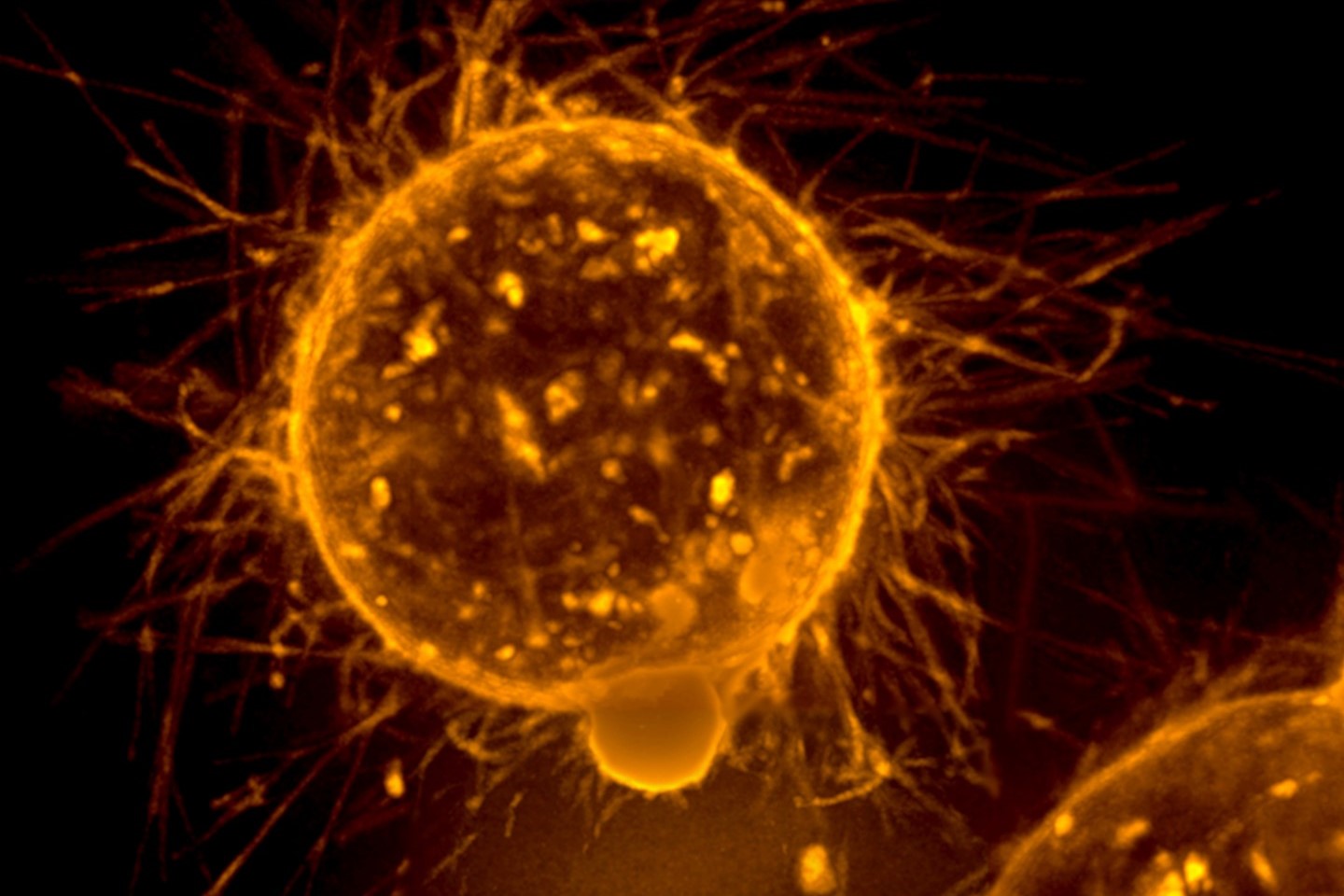The legal status of marijuana in the United States is comparable to the Korean War: The conflict ceased long ago, yet no treaty or official act has ever formally recognized the ending.
Now comes the moment that the conflict between federal and state laws over cannabis may finally have its de facto treaty ratified — at least partially.
Four months ago, the U.S. Department of Health and Human Services (HHS) recommended reclassifying marijuana to Schedule III, a categorization for drugs with “a moderate to low potential for drug abuse.”
Under the Comprehensive Drug Abuse Prevention and Control Act of 1970 (21 U.S.C. § 812), pot has been relegated to the same bucket of allegedly hazardous substances as heroin and LSD — even higher than for the classification of fentanyl and methamphetamine.
More than a half-century later, the feds have largely turned the other enforcement cheek, as all but four states have decriminalized or legalized cannabis for either medical or recreational purposes or both.
While federal law remains unaltered, in late December, President Biden announced that thousands of people convicted of use and simple possession of marijuana on federal land and in the District of Columbia would be eligible for pardons.
Biden’s announcement is the latest in his ongoing push for marijuana legal reforms. With the national election months away and 70% of Americans supporting legalization, 2024 appears perhaps the best time ever for the incumbent president to capitalize on public support for change.
A key question, of course, is what effect further reform might have on increasing cannabis treatments for a growing range of illnesses and conditions that may respond well to its active ingredients tetrahydrocannabinol (THC) and/or cannabidiol (CBD).
Ever since Colorado and Washington became the first states to legalize weed for recreational use in 2012, scientists and private groups have pursued development of therapies for everything from Alzheimer’s disease to the tremors of Parkinson’s disease to pain management for cancer, heart disease, diabetes, arthritis, and endometriosisa reproductive ailment affecting an estimated 10% of females. Even the National Institutes of Health have acknowledged pot’s therapeutic potential.
Especially encouraging is both anecdotal and research evidence showing that THC, marijuana’s active component, can be effective for treatment of severe forms of epileptic seizuresmost notably in children. For this reason, in 2018 the U.S. Food and Drug Administration (FDA) approved the cannabidiol drug (not the psychoactive THC) Epidolex for treatment of the rare but severe forms of epilepsy known as Lennox-Gastault and Dravet syndromes.
Public opinion has swung a long way from the Cheech-and-Chong days of 1969, when the first Gallup poll on marijuana showed that only 12% of Americans supported legalization. As usual, the wheels of law and justice turn far more slowly.
One reason for changing sentiments: Since its first recreational-marijuana dispensaries opened 10 years ago this New Year’s Day (medicinal pot had been legal for more than a decade), Colorado has taken in $2.6 billion in tax and revenue on $15 billion in pot salesspurring other states to join the gold rush en masse. The transition stands to force a seismic shift in the national legal landscape in 2024.
Photo: Pablo Porciuncula BRUNE,/ AFP/Getty Images
Editor’s Note: This article first appeared in the Healthcare Docket newsletter. Click here to subscribe and read the full newsletter.











